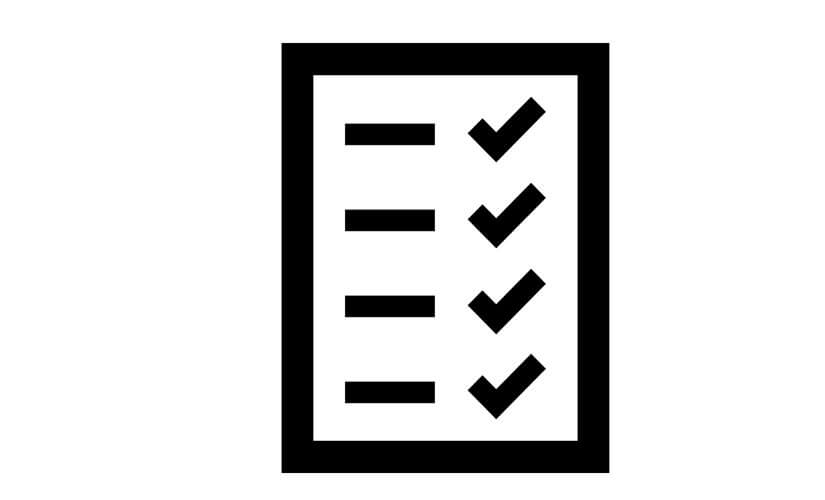
The writing process in academic writing is a crucial component of scholarly communication. It involves several stages, from brainstorming to drafting to revising, all aimed at producing a coherent, structured, and persuasive piece of work. Understanding this process can significantly enhance the quality and impact of one’s academic writing. Moreover, a well-executed writing process can streamline the author’s thoughts, ensuring that the arguments are presented logically and effectively.
Definition: Writing process
The writing process is how you formulate focused, effective, and well-researched papers like academic writing, essays, dissertations, etc.

Step 1 of the writing process: Prewriting
At this stage of the writing process, you should find the topic you’ll write about and conduct the necessary research, as explained below:
Elaboration of a topic
Coming up with the right topic may be challenging, especially when there are many choices. However, think back to the areas that have been covered in class – the challenging, confusing, or intriguing topics.
When you are sure about the topic, consider the writing you are doing, whether it is a research paper, dissertation, or essay. Try to structure your topics in a manner that doesn’t exceed or fail to reach the word count.

Step 2 of the writing process: Planning and outlining
Plan the structure of your work before doing the actual writing; use a logical structure for academic writing or an essay outline for academic essays.
An outline helps you focus and organize your ideas in a structured and easy-to-understand way. You can use numbers or bullet points.

Step 3 of the writing process: Writing the first draft
Use the outline of your work to write the first draft, which doesn’t have to be perfect but gives you an overview of your topic.
Ensure that each paragraph focuses on your main topic or argument. Use different passages to introduce ideas and transition words to connect your ideas throughout your writing process.
Researching the topic
Once the topic is determined, look for more information and helpful resources. These resources often depend on the topic and the scope of your assignment and may entail:
- Looking for secondary and primary sources
- Reading texts carefully, especially during literary analysis
- Collecting data
Having a journal when doing research and ensuring to write as much as possible about the topic may be helpful. In this step of the writing process, keep track of the following:
- Titles
- Authors
- Publication dates
- Relevant quotations
- Collected data
- Your initial analysis or the interpretation of the questions you’re answering

Step 4 of the writing process: Redrafting and revising
When revising, changes to the structure and reformulating arguments may be done: While redrafting means removing or adding content to your writing. The process unfolds as follows:
Evaluation of the first draft
When you finish writing your first draft, take a day or two and come back to it. This helps you spot issues with your arguments or structure and eliminates biases in your work.
You can also try asking a colleague to give you their opinions on where to make improvements.
In this step of the writing process, you’re looking for:
- Passages, where further explanation/additional information is needed
- Unclear or illogical arguments
- Irrelevant passages that don’t add to your overall argument
- Areas, where you can present information in a different order or manner
Rephrasing and revision
When rephrasing and revising your work, tackle the big changes according to your text’s needs. This writing process may involve the following:
- Adding new text
- Reordering texts
- Making improvements on your overall argument
- Cutting parts of the texts
Move back and forth between rephrasing, writing, and revising your work until you get the best final draft.

Step 5 of the writing process: Editing and proofreading
The last step of the writing process is editing and proofreading for grammar and small mistakes.
Printing Your Thesis With BachelorPrint
- High-quality bindings with customizable embossing
- 3D live preview to check your work before ordering
- Free express delivery
Configure your binding now!
Editing ensures that your writing has a clear sentence structure, is free of typos, and maintains stylistic consistency, as explained below.
Grammar and clarity
Effective editing ensures your work is concise, clear, and grammatically correct. This step of your writing process is essential to remove:
- Ambiguous phrasings
- Grammatical errors
- Repetition and redundancy
Proofreading
Proofreading is a vital step of the writing process where you check the text for typos and mistakes while looking for:
- Punctuation errors
- Missing words
- Spelling errors
- Confused word choices
- Excess or missing spaces
The writing process should also follow certain guidelines given by your instructor. However, if you don’t have a guideline, you’re free to choose from one of the following academic writing standards:
- Capitalizing your titles and headings
- Choosing where to place numerals or words for numbers
- When to use British or American punctuation and spellings
- Whether you should use the serial comma
- Whether to write using the first-person, second-person, or third-person view
Note that it’s crucial to use one writing standard throughout your work consistently. For instance, avoid mixing British and American spellings and punctuation.
FAQs
For effective proofreading, use the following techniques:
- Take a break: Go out for a few hours or days so that you can look at your work with fresh eyes.
- Proofread a printout: Go old school and use a pen and paper to check your final draft.
- Use digital shortcuts: Be keen on recurring mistakes, and use the “find and replace” option to make adjustments throughout the document.
- Look for passages, information, or arguments that are not essential to your overall argument.
- Shorten your sentences, cut out quotes, and avoid redundancy and repetition.
Anyone can become an excellent academic writer by mastering the writing process steps. The first step is to understand your topic and conduct effective research.
Also, structure your sentences concisely, and ensure they’re grammatically correct.
